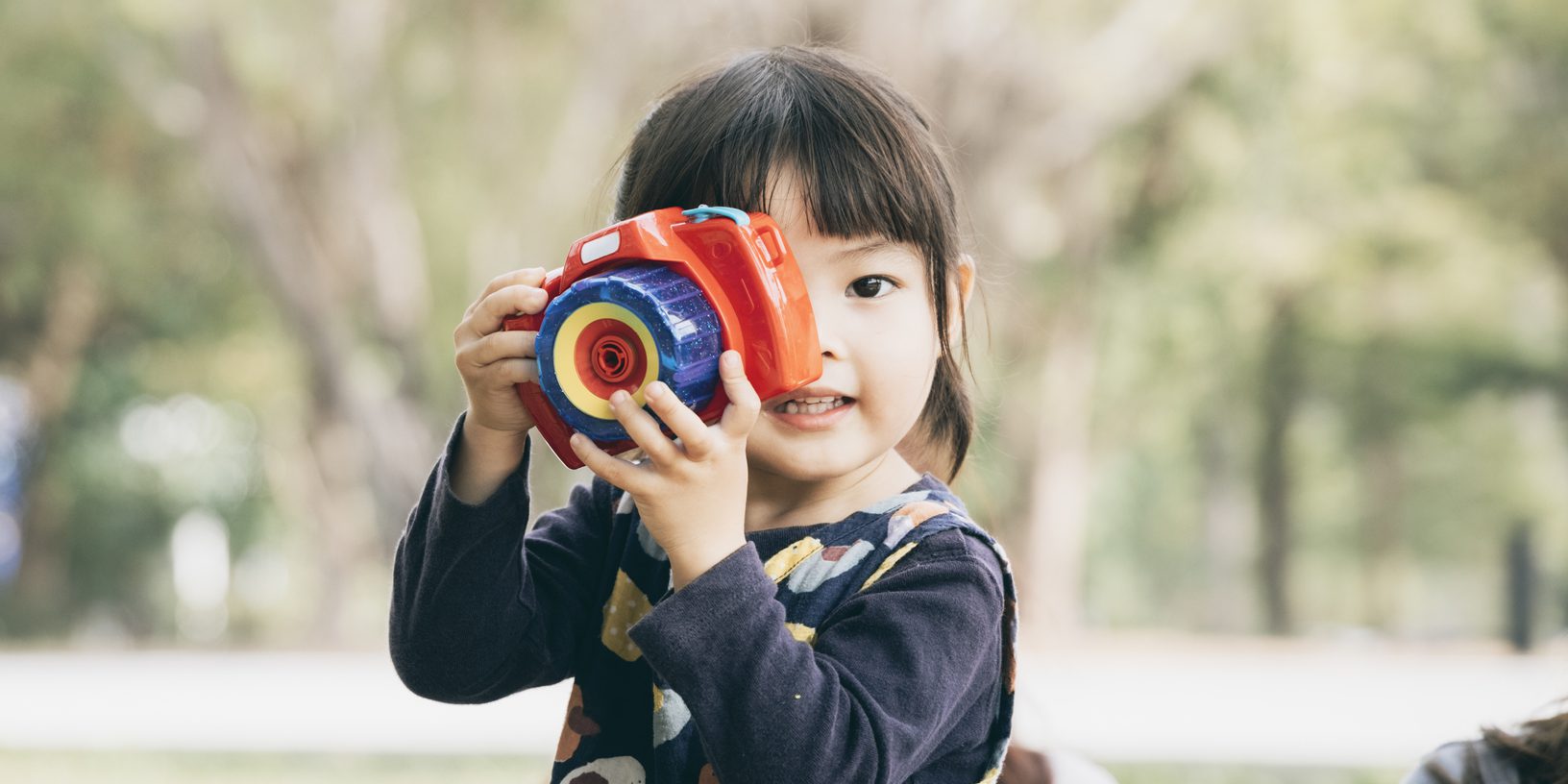This measure pertains to developmentally appropriate materials that portray different cultures, life roles, abilities and disabilities, and ethnicities in indoor environments. The equipment and materials must represent people in a non-stereotypical and culturally sensitive manner. Some examples are photos, posters, puppets, dolls, clothing, accessories, hats, kitchenware, books, advertisements, and more children see in their areas. The children should also be able to engage and interact using such equipment and materials.
Category: Category 4: Indoor and Outdoor Learning Environments
Subcategory: Indoor Learning Environment
Examples
In this section you will find videos, images, and/or documents that can be used to better understand this measure. These examples can also be used in conversations between mentors, directors, and/or teachers to discuss how the program's current practices compare to these examples.
Photo Example
Displaying family photographs at eye level is a great way to help children feel connected to their classroom and promote language and conversation. Notice how this infant room has family photos taped to the floor, where they are more easily seen by infants who aren’t yet standing.
Age(s): Infant
Photo Example
These example photos show equipment and materials that are thoughtfully chosen to represent diverse cultures, life roles, abilities, disabilities, and ethnicities. The arrangement of these materials supports a respectful atmosphere, promoting understanding and acceptance among children.
Age(s): Infant, Toddler, Preschool, School-age
Photo Example
In this photo we see a collection of dolls that are inclusive of different ethnicities and abilities.
Age(s): Infant, Toddler
Photo Example
As shown in these photos, classrooms can provide books, pictures, and labels that represent diverse ethnicities, languages, and celebrations.
Age(s): Infant, Toddler
Photo Example
This photo shows a musical center with pictures of musicians and instruments from diverse backgrounds. The labels around the center are also provided in two languages.
Age(s): Infant, Toddler
Photo Example
This example of a simple daily schedule includes realistic photographs of children at each timepoint across the day. The photos and the placement of the schedule at children’s eye level help children know what to expect in the daily routine.
Age(s): Toddler





